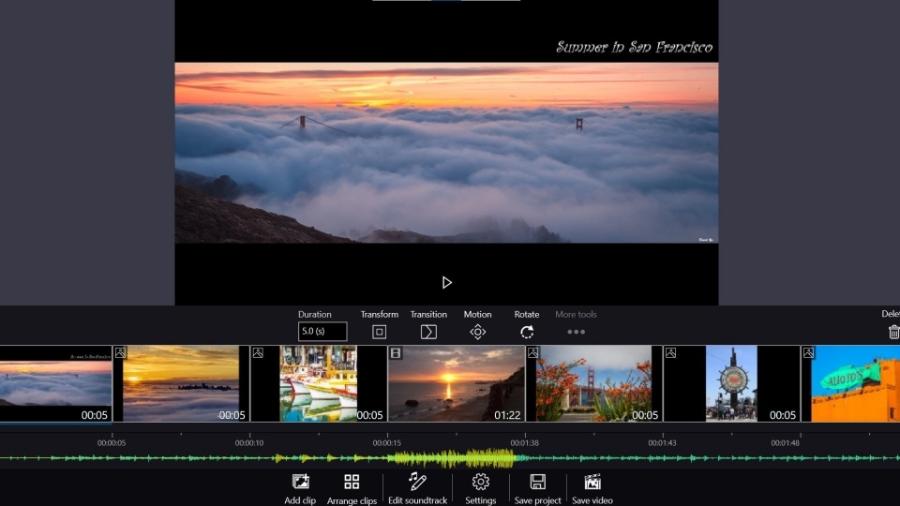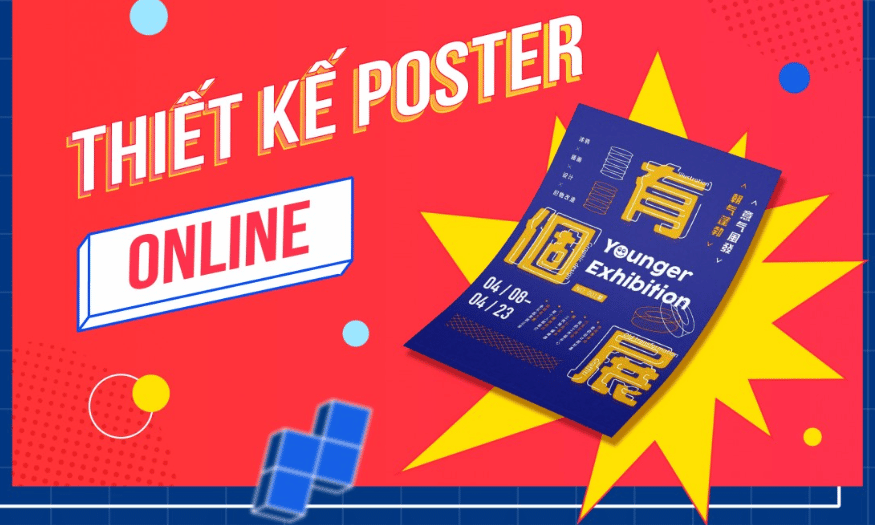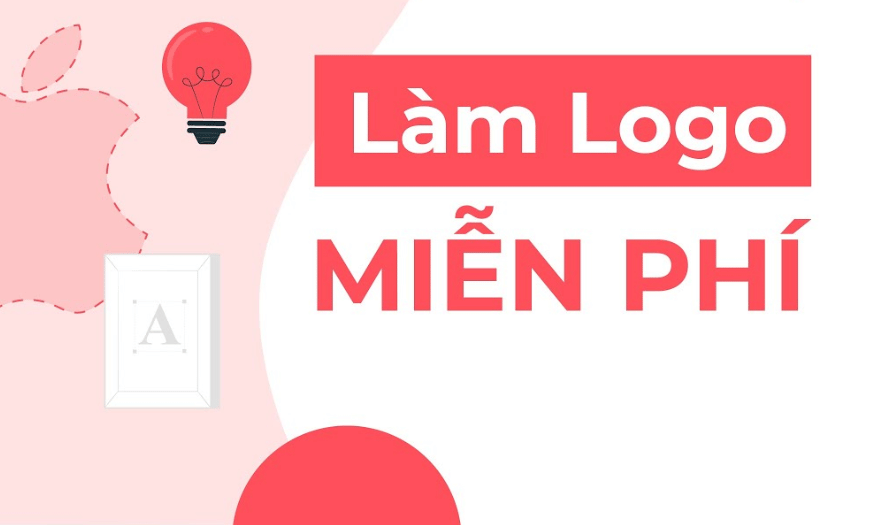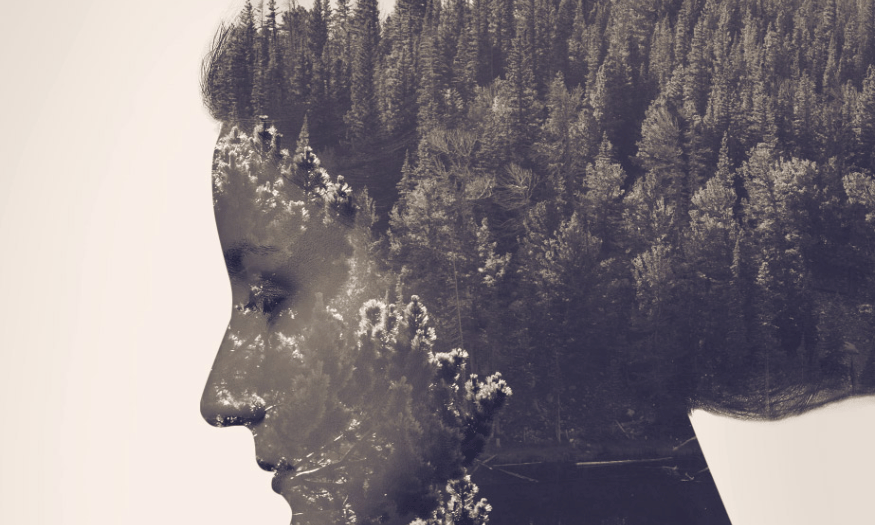Best Selling Products
3D Animation: Concepts and Outstanding Applications in the Design Industry
Nội dung
Explore the world of 3D animation and its diverse applications in the design industry. Learn how 3D animation is changing the way products are created and designed across a wide range of industries.
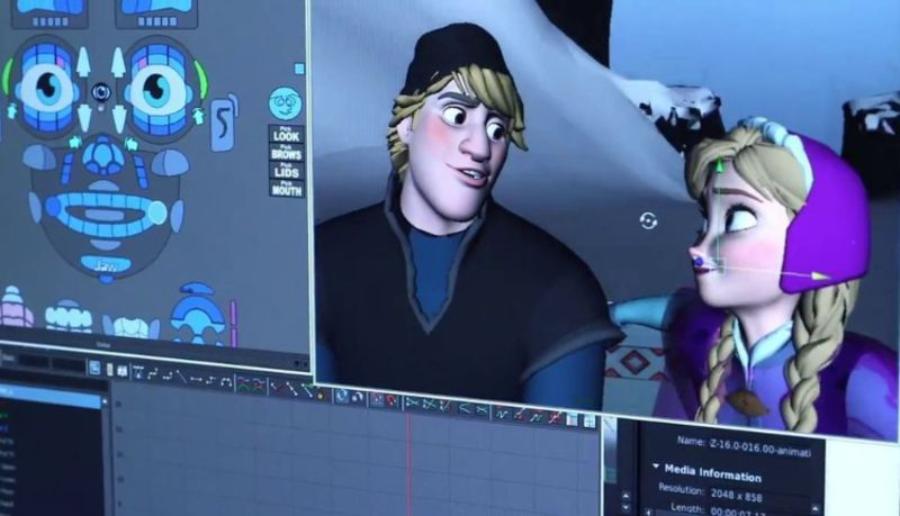
3D animation has become an indispensable part of the modern design industry. From famous animated films, video games, to product design, 3D animation brings users vivid, engaging and creative experiences. The ability to create detailed 3D models and special effects enriches digital products, providing experiences that go beyond the limits of traditional design. In this article, sadesign will explain what 3D animation is and review its applications in the design industry, while clarifying the importance of this technology in the process of product creation and development.
1. What is 3D Animation?
3D animation (or 3D animation ) is the process of creating the movement of three-dimensional objects in space. This is a technique that uses computers to simulate the movement of 3D models, making them come alive and have real depth. Unlike 2D (two-dimensional) animation, 3D animation creates images that can be seen from many different angles, giving a more realistic and intuitive feeling.
.jpg)
3D animation can include elements such as animation, lighting, shadows, textures, and object movement. All of these elements are combined to create a virtual world that makes the viewer feel as if they are seeing real objects. This technique is widely used in many fields, including movies, video games, advertising, product design, architecture, and medicine.
2. Main Steps in the 3D Animation Process
The process of creating a 3D animation can be divided into several different steps, each of which is important to ensure the accuracy and lifeliness of the final product:
Modeling
The 3D animation process includes many important steps, of which modeling is the first and fundamental stage. This is the step of creating objects, characters or environments in the form of 3D models through the use of specialized software. This technique requires meticulousness and creativity, to ensure that the details are built accurately, in accordance with the design requirements and animation script. Modeling not only determines the aesthetic quality of the final product but also directly affects the next steps such as lighting, texture and movement. This process uses software to build models of objects, from basic shapes to complex details.
Texturing
In the 3D animation process, texturing plays an important role in bringing realism and life to a model. This is the step where artists apply images, patterns or materials to the surface of a 3D object, simulating properties such as color, gloss, roughness or transparency. This process often begins with UV mapping, a technique of distributing 3D surfaces onto 2D space to easily apply textures.
Artists then use specialized software such as Substance Painter, Photoshop or Blender to design and refine the details, ensuring that the texture reflects the project's concept and artistic style. A good texture not only adds to the aesthetic appeal but also enhances the viewer's visual experience.
Lighting and Shading
Lighting plays a huge role in 3D animation. Light sources and shadows help create depth and make objects look more realistic. Adjusting the lighting and shading of a 3D model adds aesthetic appeal and life to a scene.
.jpg)
Lighting and Shading is one of the most important steps in the 3D animation process, playing a decisive role in bringing depth, emotion and realism to the scene. This process requires not only technical understanding but also artistic acumen to choose and adjust the right lighting, thereby creating harmonious shadow and reflection effects. The correct use of lighting helps highlight important details, create space and atmosphere, and enhance the visual experience for the viewer.
Rigging and Animation : In order for 3D objects to move, they need to be “rigged” (created with skeletal and muscular systems) and then animated. This step is the process of setting up the movements of the objects, from moving a car to creating complex character movements.
Render : Once the 3D models have been created, textures and lighting are finalized, the final step is rendering (creating images or videos). This is the process where the computer calculates and creates final frames based on information about the model, lighting and motion.
3. Applications of 3D Animation in the Design Industry
3D animation is not only used in movies and games, but it also plays an important role in many different design fields. Here are the main applications of 3D animation in the design industry:
3.1. Product Design
In product design, 3D animation helps designers create accurate product models before the manufacturing process begins. Products can be presented in 3D to test aesthetics, structure, and functionality. This reduces product development costs and time, and allows rapid prototyping without the need to build a physical product.
Furniture Design : Designers can create 3D models of furniture so that customers can easily visualize and change elements such as color, texture, and style.
Car, phone, electronics design : Car or electronics manufacturing companies can use 3D animation to create detailed models, helping them test and optimize products before mass production.
3.2. Architectural Design
3D animation in architectural design allows architects to create detailed construction models, thereby helping customers easily visualize the space, light and structure of the building. Software such as AutoCAD, SketchUp, Revit often incorporate 3D technology to create vivid architectural models.
.jpg)
Project visualization : Before construction, architects can create 3D models so that clients and stakeholders can more clearly visualize the appearance of the project.
Interior Design : 3D animation helps designers create vibrant spaces, from furniture arrangement and lighting to color and material texture.
3.3. Advertising and Marketing
In the advertising industry, 3D animation has become a powerful tool to attract customers' attention. Advertising videos using 3D animation are not only vivid but can also convey messages in a creative and easy-to-understand way. 3D images can help illustrate products or services visually, making a strong impression on viewers.
TV Commercials : Commercials using 3D effects allow products to be presented in a more vivid and engaging environment.
Online Advertising : Interactive 3D images in online advertising help increase click-through rates and attention from customers.
3.4. Game Design
3D animation plays an integral role in the video game design industry. Every video game today uses 3D technology to create virtual worlds, characters, and special effects. Designers use 3D animation to build environments, simulate actions, and create natural movements for in-game characters.
.jpg)
Character design : The characters in the game are 3D modeled with natural, detailed and vivid movements.
Environments and Scenery : Create scenes, landscapes and areas in the game, all built in 3D technology.
This process includes idea generation, story development, character design, environment design, gameplay mechanics, and user interface. A game designer needs to understand the psychology of the player, technical capabilities, and market trends to ensure that the product is not only engaging but also highly competitive. At the same time, close coordination between development teams such as programming, graphics, sound, and testing also plays an important role in realizing the project's vision. With the continuous development of technology and the increasingly diverse needs of players, the video game design industry is opening up many exciting opportunities and challenges for future creators.
3.5. Animation and VFX in Film
In the film industry, 3D animation and VFX (Visual Effects) have changed the way stories are told, creating spectacular scenes that would be impossible to achieve in the real world. Film production companies use 3D animation to create special effects scenes, virtual characters, and elements that would be impossible to achieve using traditional methods.
4. Conclusion
3D animation has proven to be an important part of the design and creative industry. Thanks to its ability to create detailed models with vivid movements and special effects, 3D animation not only enriches artistic products but also helps improve the quality of designs in many different fields, from products, architecture, advertising, to games and movies.









































